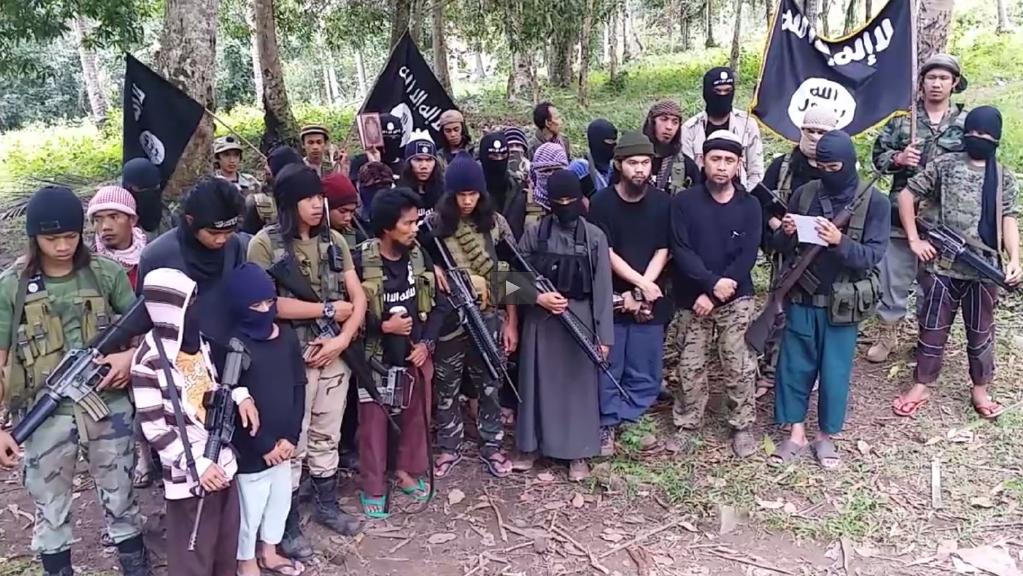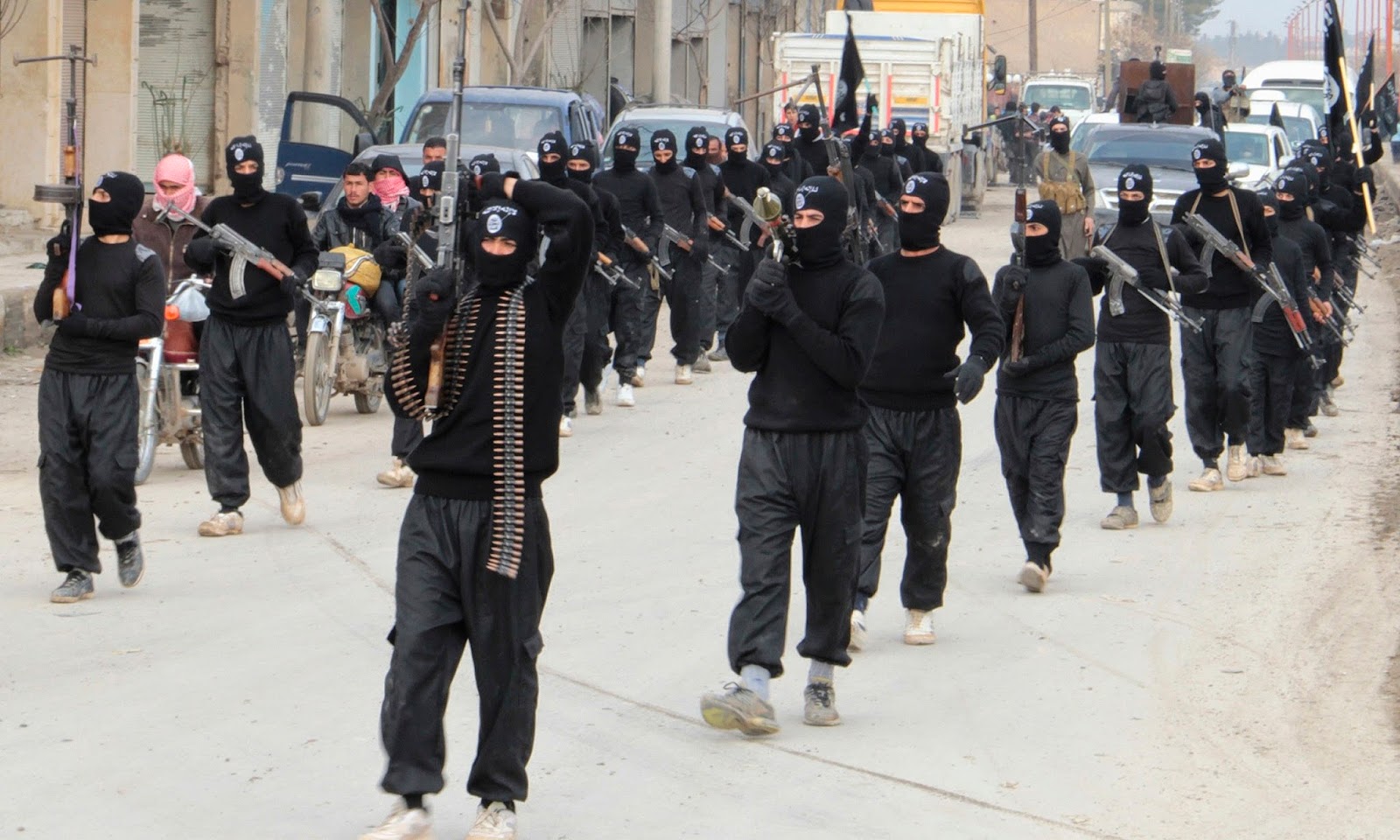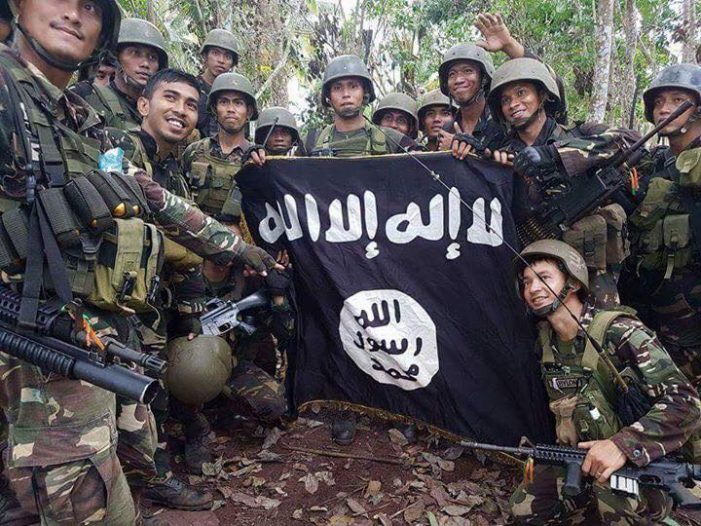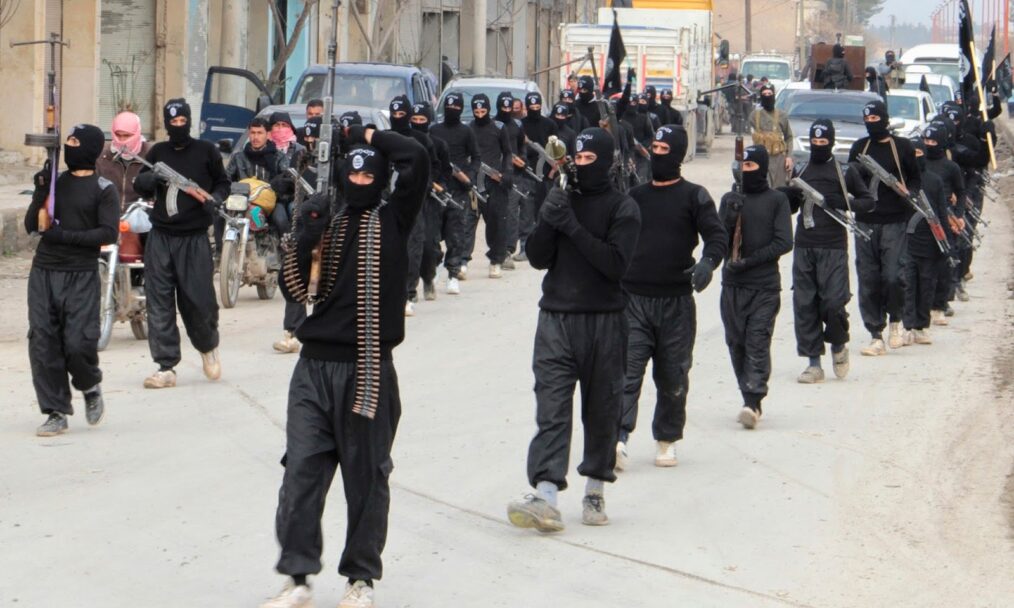While the thought of ISIS typically brings to mind violence in Iraq and Syria, their pervasive ideology, coupled with the ability to reach a broad audience, creates a large swath of global sympathizers. These sympathizers may range from an individual who has yet to be radicalized but resonates with their message, to full-blown sleeper cells. Southeast Asia has received attention in the past year due to what appears to be a rise of ISIS-supporting rebels. In fact, in 2016 ISIS chose a Filipino rebel as its emir in Southeast Asia.

ISIS gaining grip in Philippines after being driven out of the Middle East, photo by Paul Toothey
According to Pew Research Center, Indonesia has the largest Muslim population in the world. While they have escaped the majority of the protracted violence that has plagued the Middle East, Voice of America reports that Indonesia is known to have sleeper cells of ISIS sympathizers.
Indonesia and the Philippines, large islands in close proximity to one another, are Southeast Asia’s most populous countries. In 2017, the Philippines experienced a five-month war fought by ISIS inspired rebels. Officials have confirmed that Indonesian sympathizers traveled to the Philippines to support the battle that killed 1,127 people. Bibhu Routray, a visiting security and counter-terrorism professor from Murdoch University asserts that 40-50 foreign rebels in Marawi had traveled from Indonesia in response to the call from ISIS. Although this particular battle has ended, the overall terrorist threat remains.

The Guardian (31 March 2016) featured a story headlined Brighton Boys: How four friends fell into Jihad.
Now, the Philippines and Indonesia are coming together to halt ISIS sympathizers from crossing the sea that separates the two countries. While the two countries did not explicitly state how they will control the flow of terrorists into the Philippines, Voice of America reports that analysts have pointed to the vulnerability that stems from a lack of patrols in the Celebes Sea.
Historically, porous borders have been exploited by terrorists. The Federally Administered Tribal Areas of Pakistan have allowed terrorists to travel between countries and seek safe havens due to the challenges of patrolling the difficult terrain. The Celebes Sea is a 285,000 square-kilometer body of water which has been described as a “serious maritime black spot” by Jamestown Foundation.
ISIS’s ability to mobilize foreign fighters has contributed to its power and reach. According to the Soufan Group, many fighters who join ISIS in the Middle East come from Europe – particularly from France – [1] Not only do foreign fighters provide ISIS with a mass of people willing to go to battle, but an equal threat is that these fighters often return home with radical ideas. Cooperation between Indonesia and the Philippines to enhance maritime security may prove to be a positive step in stemming the flow of fighters to the Philippines, but also in preemptively stopping the return of hardened militants, thereby contributing to the denial of ISIS’s desired global expansion.
The island geography of these countries provides them with a unique border unlike the physical terrain borders of other countries dealing with foreign fighters. A limited number of points of entry exist on an island. With well thought out security protocols and excellent cooperation, Indonesia and the Philippines could use their island geography to their advantage.

ISIS flag captured by the Philippines Armed Forces, June 1, 2017
[1] http://soufangroup.com/wp-content/uploads/2015/12/TSG_ForeignFightersUpdate3.pdf




